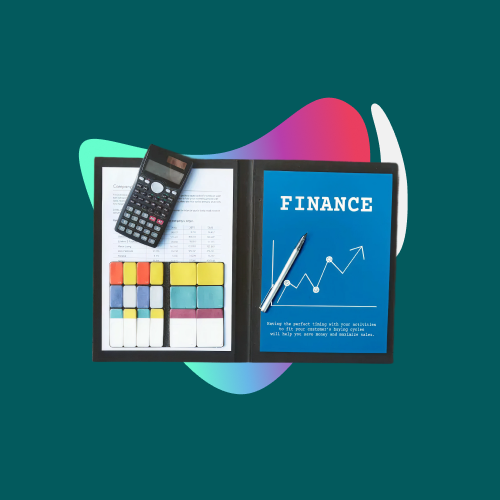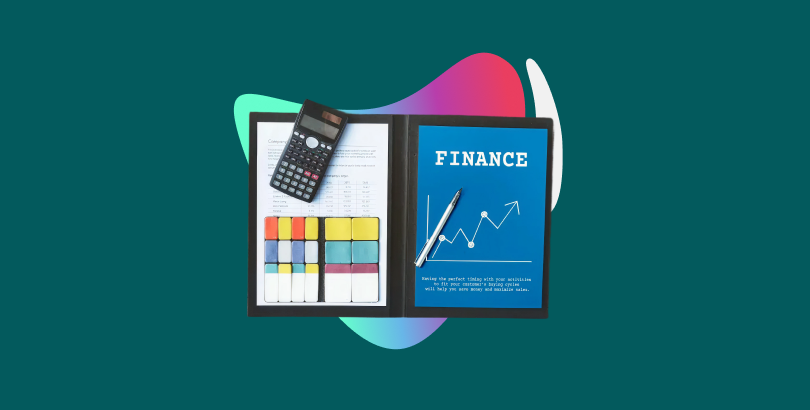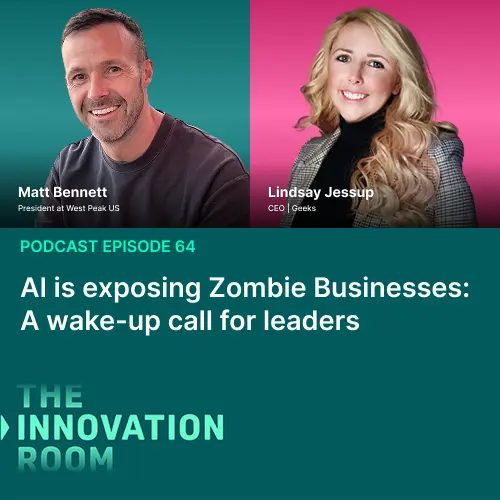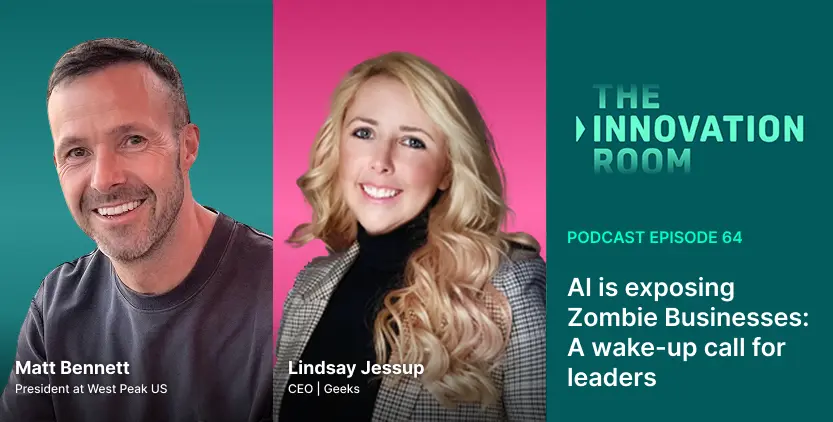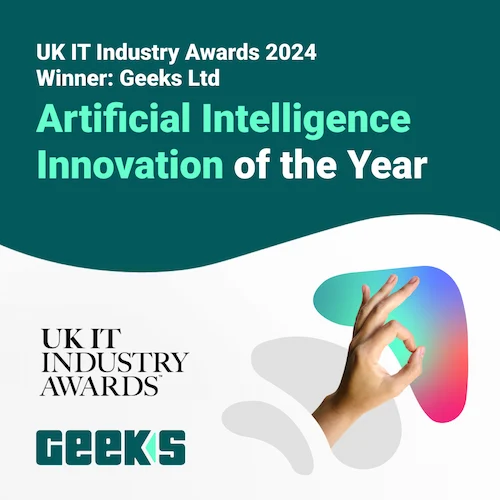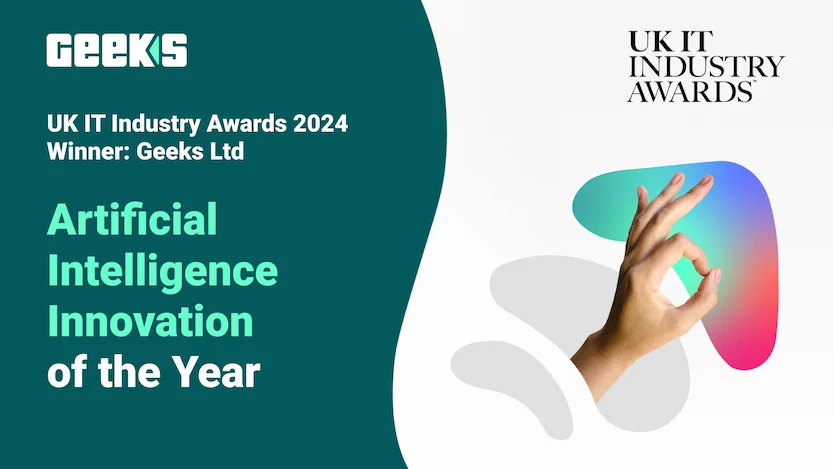
Procurement 2.0: AI agents that negotiate, order, and track materials
Imagine a multimillion-pound infrastructure project - say, building a regional water treatment facility. Everything is ready: blueprints are approved, engineering teams are on standby, and the site is prepped. Then the materials drag their heels. Delays in procuring essential equipment push the project back by 270 days or more in nearly a quarter of cases, according to World Bank data. That kind of lag doesn’t just slow progress; it multiplies costs, strains labour resources, and damages client trust.
This is not an isolated problem. In the construction and manufacturing sectors, procurement delays frequently cause production stoppages, cost overruns, and missed deadlines. Manual processes, fragmented communication, and poor visibility into supply chains only worsen the situation.
In this landscape, AI in procurement and procurement automation tools emerge as powerful remedies. These technologies promise to negotiate, order, and track materials, swiftly and seamlessly, shortening timelines, improving accuracy, and helping your team avoid those costly bottlenecks.
The shift from Procurement 1.0 to Procurement 2.0
For decades, procurement has been a manual, people-heavy process. Procurement 1.0 relies on email chains, spreadsheets, manual data entry, phone calls, and manual approvals. While functional, it is slow, prone to human error, and lacks real-time visibility. Delays in supplier responses, missed follow-ups, and outdated data often result in cost overruns and missed deadlines.
Procurement 2.0 represents the AI-enabled era of sourcing and supply chain management. Powered by intelligent agents, it is always on, processes information in real time, and makes data-driven decisions without waiting for human input. From negotiating supplier contracts to triggering automated purchase orders and tracking deliveries live, Procurement 2.0 delivers speed, accuracy, and transparency at a scale that human teams alone cannot match.
|
Feature |
Procurement 1.0 |
Procurement 2.0 |
|
Speed |
Days or weeks for approvals and orders |
Real-time approvals and instant order placement |
|
Accuracy |
Prone to manual errors and outdated data |
AI-driven accuracy with continuous updates |
|
Cost Control |
Reactive cost tracking after overspending |
Proactive cost optimisation through predictive analysis |
|
Visibility |
Limited to what team members manually report |
Full, live visibility of supplier performance and deliveries |
Meet the AI procurement team of the future
In Procurement 2.0, AI agents operate like a dedicated team of experts, each with a specialist function designed to make procurement faster, smarter, and more transparent.
The Negotiator
This agent manages supplier negotiations in real time, comparing prices, terms, and delivery options across multiple vendors. It uses historical purchasing data and live market insights to back up its offers, much like a skilled procurement manager who walks into a meeting armed with facts. For example, if steel prices drop in one region, the Negotiator can instantly reopen discussions to secure better rates before finalising an order.
The Buyer
Once terms are agreed, the Buyer takes over. It automatically creates purchase orders based on demand forecasts, approved budgets, and pre-set rules. This eliminates long approval chains and prevents delays caused by busy schedules. For instance, when stock levels fall below a threshold, The Buyer can trigger an order immediately, ensuring materials arrive before production slows.
The Tracker
The Tracker follows every shipment from dispatch to delivery, using GPS and supplier feeds to provide live updates. If a shipment is delayed due to weather or port congestion, it alerts the team and adjusts timelines proactively. In construction, this could mean rescheduling certain tasks so work continues without disruption while waiting for materials.
The Analyst
This agent continuously evaluates supplier performance, market conditions, and potential risks. It scores vendors on reliability, quality, and compliance, making supplier selection data-driven rather than based on guesswork. For example, The Analyst might recommend switching to a supplier with slightly higher unit costs but a stronger on-time delivery record, ultimately saving money by avoiding project delays.
The Auditor
The Auditor ensures every transaction meets contractual obligations, internal policies, and industry regulations. It creates a detailed, searchable audit trail for compliance checks and alerts teams to potential issues before they escalate. For instance, it can flag when a supplier’s insurance documents are about to expire or when a shipment’s origin country changes, which may affect import regulations.
How these AI agents work together
In Procurement 2.0, each AI agent plays its part in a seamless, end-to-end process that keeps materials moving and operations running without delays.
It starts with the Negotiator, which engages suppliers in real time to secure the best prices and terms. Once a deal is agreed, the Buyer instantly generates a purchase order, pulling in budget data, stock levels, and delivery requirements from integrated systems.
As soon as the order is placed, the Tracker takes over, monitoring the shipment from dispatch to delivery. Any delays, route changes, or customs hold-ups are flagged instantly, allowing teams to adjust schedules or source alternatives. Meanwhile, the Analyst continuously evaluates supplier performance and market trends, feeding insights back into The Negotiator for future deals.
Throughout the process, the Auditor ensures compliance by checking every transaction against contracts and regulations. All activity is logged into central dashboards, giving procurement leaders a live, 360-degree view of costs, timelines, and supplier performance.
This real-time workflow means that negotiations, ordering, and tracking are no longer isolated tasks, they are part of one connected, data-driven system that reacts instantly to change.
Overcoming the barriers to Procurement 2.0
While the advantages of AI in procurement are clear, successful adoption requires addressing a few key challenges.
-
Trust and transparency in AI negotiations
Some procurement teams and suppliers may be cautious about allowing AI agents to handle negotiations. Building trust starts with clear rules, human oversight for critical decisions, and transparent reporting on how deals are reached. -
Integration with ERP and inventory systems
AI procurement agents deliver the most value when they are fully connected to ERP platforms, inventory management tools, and supplier databases. This ensures data accuracy, eliminates duplication, and allows real-time decision-making. -
Staff adoption and training
AI is most effective when it works alongside skilled human teams. Training staff on how to monitor, review, and enhance AI-driven processes helps increase adoption and confidence while ensuring that human expertise remains central to strategic decisions.
What your first 30 days with AI procurement agents could look like
Implementing Procurement 2.0 does not have to be a long, complex process. With the right approach, your team can see results in as little as one month.
Week 1: Opportunity discovery
Assess current procurement workflows to identify bottlenecks, repetitive tasks, and high-impact opportunities for automation. Select one or two use cases, such as supplier negotiations or order tracking, that can deliver quick wins.
Week 2: Pilot use case launch
Deploy AI agents in a controlled environment for the selected use case. Integrate them with existing systems and set performance benchmarks for speed, accuracy, and cost savings.
Week 3: Training and workflow integration
Provide targeted training for procurement staff on how to work alongside AI agents. Adjust workflows so AI handles repetitive, time-sensitive tasks, while humans focus on strategy and relationship management.
Week 4: Measurable results review
Review the AI agents’ performance against the benchmarks set in Week 2. Analyse metrics such as reduced cycle times, improved supplier terms, and fewer stockouts. Use these insights to plan the next phase of AI adoption.
From idea to outcome in just 10 days
At Geeks, we help procurement teams turn their AI ideas into working solutions in a fraction of the time traditional projects take.
If you already know the procurement process you want to optimise, our AI Agent Lab can deliver a fully functional Proof of Concept in just 10 days. Whether it is an agent that negotiates with suppliers in real time, automates purchase orders, or tracks shipments end-to-end, we build and test it quickly so you can see measurable results before scaling.
If you are still deciding where to start, our AI Opportunity Discovery works with your procurement, supply chain, and finance teams to uncover the highest-impact use cases. We focus on solutions that cut lead times, reduce costs, and give you complete visibility over your supply chain.
Both options are built for clarity, speed, and tangible ROI. One helps you choose the right starting point. The other helps you deliver it.
The competitive edge of Procurement 2.0
Procurement 2.0 is more than a technology upgrade, it is a shift to a faster, smarter, and more resilient way of managing supply chains. AI agents that negotiate, order, and track materials work together to cut delays, reduce costs, and give leaders real-time visibility into operations.
The organisations that adopt these tools now will gain a significant competitive edge, with the ability to respond to market changes instantly and keep projects moving without costly bottlenecks. Those who wait risk being held back by slow, manual processes while competitors move ahead.
If you are ready to explore what Procurement 2.0 could deliver for your organisation, speak with Geeks today. We can help you identify high-impact use cases and bring them to life in as little as 10 days.


